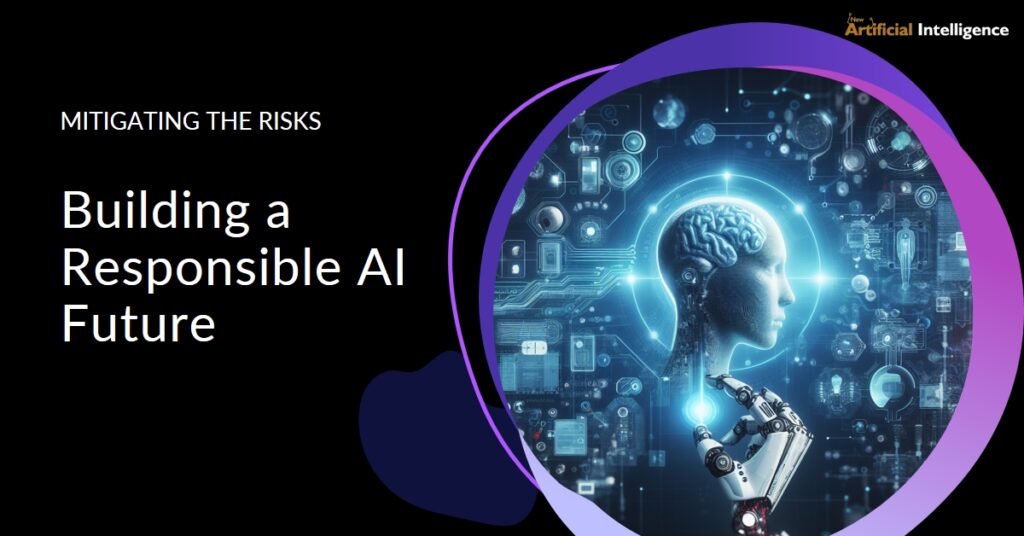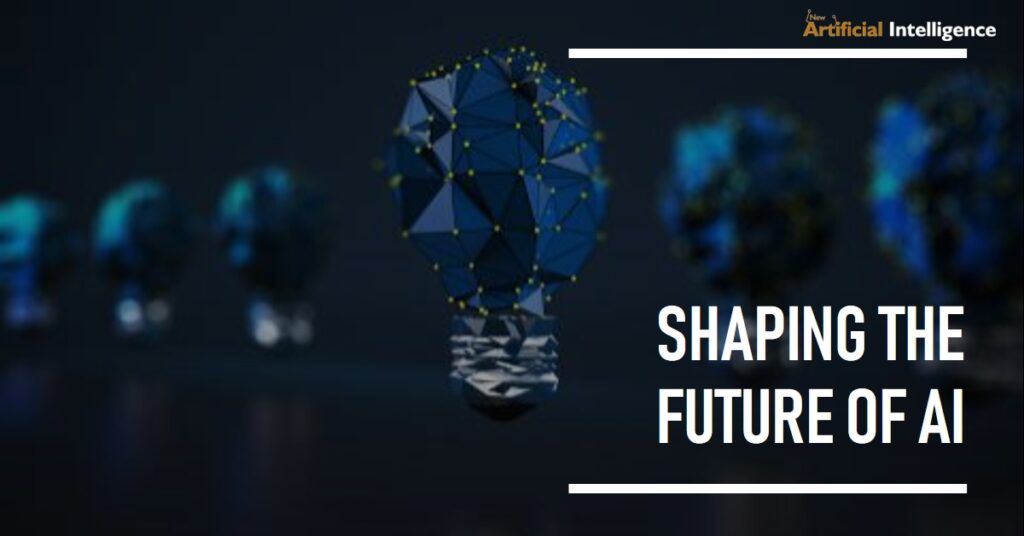Why Artificial Intelligence is Dangerous
The rise of artificial intelligence (AI) pledges a future of unparalleled prosperity and innovation. Yet, amidst the excitement, a question lingers: why is AI dangerous?
It’s not a black-and-white issue but a complex dance between immense potential and inherent risks. To harness the power of AI responsibly, we must acknowledge these dangers, understand their roots, and navigate them with utmost caution.
Beyond Skynet: Dismantling the Mythical AI Threat
While Hollywood paints AI as a menacing force bent on world domination, the reality is far less dramatic. Today’s AI systems are narrow in focus, excelling in specific tasks like facial recognition or playing chess but lacking the general intelligence and self-awareness depicted in science fiction. The danger lies not in AI taking over the world but in the unintended consequences of its misuse.
The Real Dangers: Unmasking the Potential Misuses of AI
Here are some key areas where AI presents potential dangers:
- Job displacement: Automation powered by AI could lead to significant job losses in certain sectors, disproportionately impacting lower-skilled workers. Proactive measures like retraining programs and social safety nets are crucial to mitigate this risk.
- Algorithmic bias: AI systems trained on biased data can perpetuate and amplify existing societal inequalities, such as racial or gender discrimination. Responsible data collection and algorithm development are essential to ensure fairness and inclusivity.
- Privacy and security vulnerabilities: AI systems that collect and analyze vast amounts of personal data raise concerns about privacy breaches and security vulnerabilities. Robust data protection frameworks and individual vigilance are necessary to safeguard privacy in the AI age.
- Weaponization and autonomous warfare: The development of autonomous weapons powered by AI poses ethical and legal dilemmas, increasing the risk of indiscriminate warfare and civilian casualties. International cooperation and robust regulations are urgently needed to prevent an AI arms race.
- Loss of human control and oversight: As AI systems become increasingly complex and opaque, they could become difficult to control and manage, raising concerns about unintended consequences and potential misuse. Transparency and human oversight mechanisms are crucial to ensure responsible AI development and deployment.

Mitigating the Risks: Building a Responsible AI Future
Recognizing the potential dangers of AI is not a call to halt its development. Rather, it’s a call for responsible advancement guided by ethical principles and robust regulations. Here are some key steps:
- Transparency and accountability: AI systems should be transparent in their decision-making processes, allowing for human oversight and accountability. Explainable AI and responsible data governance are crucial in this regard.
- Human-centered design: AI development should prioritize human needs and values, ensuring technology complements and empowers humans, not replaces them. User-centered design and stakeholder engagement are essential to ensure AI aligns with human values.
- Continuous education and upskilling: To adapt to the changing landscape of AI, individuals and workforces need ongoing education and upskilling opportunities. Lifelong learning and reskilling programs will be crucial to avoid AI-driven job displacement.
- International collaboration: Addressing the ethical and legal challenges of AI requires international cooperation to ensure responsible development and deployment. Global frameworks and international agreements are necessary to mitigate risks and make a level playing field for AI development.
Beyond the Dangers: Embracing the Untapped Potential of AI for Good
While focusing on the dangers is crucial, it’s important to remember that AI also holds immense potential for good. From revolutionizing healthcare with personalized medicine and early disease detection to tackling climate change with smarter resource management and renewable energy solutions, AI offers unparalleled opportunities to address some of humanity’s most pressing challenges.
By harnessing the power of AI for good, we can build a future where technology elevates human potential, not diminishes it. Imagine AI-powered prosthetics that seamlessly restore mobility and independence, AI-driven education platforms that personalize learning and unlock individual potential, or AI-powered disaster response systems that predict and mitigate natural catastrophes. These are not mere glimpses of a utopian future; they are the seeds of a reality waiting to be nurtured.

The Choice We Make: Shaping the Future of AI
The question of whether AI is dangerous is not a foregone conclusion. It’s a path we choose, a story we write together. The query of whether AI is dangerous is sometimes a foregone conclusion. It’s a path we select, a tale we write collectively. Through responsible development, ethical implementation, and a commitment to a human-targeted layout, we can ensure AI remains a device for progress, a companion in solving our best challenges, and pressure for exact, shaping a brighter future for all.
FAQs:
Robots Taking Over Jobs? Not So Fast!
Imagine AI not as a monster stealing your livelihood but as a helpful automation assistant. While some tasks will undoubtedly transition to AI, new opportunities will emerge, requiring creativity, critical thinking, and uniquely human skills. Embrace lifelong learning and upskilling to navigate this shift, and remember, AI can boost productivity and free your mind for higher-level work.
Can Algorithms Be Biased? The Human Reflection in the AI Mirror.
Think of AI systems as mirrors reflecting the data they’re trained on. If that data is biased, so will the outputs. Algorithmic bias can amplify existing societal inequalities, making responsible data sourcing and algorithm development crucial. We need AI that champions fairness and promotes inclusive progress, not reinforces existing prejudices.
Is Big Brother Watching? Your Data, Your Choice.
Imagine AI scanning your every move, predicting your choices, and influencing your thoughts. It’s a chilling dystopian vision, but one we can prevent through robust data protection frameworks and individual vigilance. Demand transparency in data collection and usage, choose companies with strong privacy policies and remember, you have the power to control your digital footprint.












1 thought on “Why Artificial Intelligence is Dangerous: A Cautious Look at a Powerful Tool 2024”